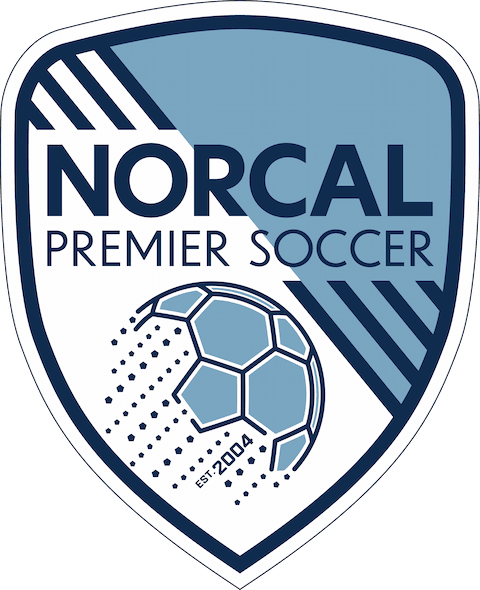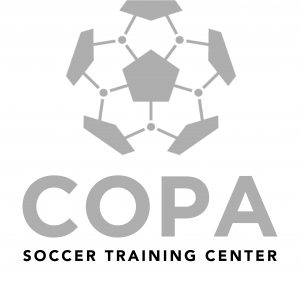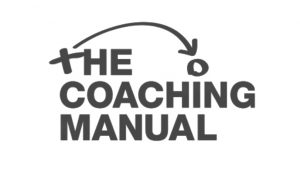Football in Iceland: Part 1
By Evan Ream, Communications Manager
Note: With leagues and events slowing down for the summer, NorCal Premier Soccer Communications Manager Evan Ream will be spending the summer blogging about the beautiful game both locally and abroad.
REYKJAVIK, Iceland — Iceland 2 – England 1. If you’ve been following international soccer in any way over the last year, you’ve no doubt seen that scoreline before.
“I don’t want to get emotional,” one local told me of the game, “but that was the best day of my life.”
But the chaotic nature of international tournaments ensures fluke results occur perpetually — after all, are Germany really six goals better than Brazil?
Part of my reasoning for visiting Iceland, then, was to explore the local soccer scene. Could it really be that strong on a small island in which roughly just 300,000 people live? After all, a staff member at first division club Vikingur Reykjavik did tell me that “anyone who is really good leaves Iceland.”
And of the members of that squad that did beat England in Euro 2016, not a single one played their club ball in Iceland, instead opting for more notable European clubs like Swansea City, Nantes, and Udinese.
If you haven’t already, watch the video at the top of the screen for a 30-second snapshot into the first game I attended: Valur Reykjavik – IBV.

Perhaps I was spoiled by this being the first game I saw, but I immediately fell in love with the style of play of Valur, wearing red, who suffocated their opponents with possession and a high press for the entire 90 minutes of play.
For a nation so small and so cold, one might have expected a series of long balls and ugly play, but that couldn’t have been further from the truth.
The speed of play was not only impressive, but so was the speed of thought from the players. Watch the clip again. It starts with the right back winning the ball, dribbling out of pressure, and finding the center forward’s feet. The forward takes a touch into space and then plays it back to the central midfielder who immediately switches the point of the attack as the IBV defenders struggle to get organized.
The left back then dribbles into the wall of defenders before laying the ball off to another player who one-touches the ball back to the right back, who started the play.
From there, the right back finds a midfielder, who shows extreme patience, holding the ball up as the right midfielder makes a run towards goal. The right midfielder is played in on goal right in stride and gets a shot off. That the shot didn’t go in is of no consequence: the entire sequence showcased the skill, patience, and creativity of each of the players, most of whom were Icelandic, but not the “really good” Icelanders who have moved abroad.
This sequence was the norm rather than the exception in most of the three games I watched. Here’s another, though less successful, example of the kind of play Valur was capable of (the ability of the center forward to take the ball down in traffic…wow).
For highlights of this match, go to 1:40 here.
Listen: I won’t pretend to be an expert on coaching or development, but it’s hard to watch play like this and wonder how a nation with such a limited population is capable of developing this amount of quality.

So how are they able to do it? VICE explored this last year in an excellent mini-documentary during Euro 2016, which you can view here.
The success is generally attributed to two factors: high-quality, publicly-funded facilities and extremely-qualified coaching.
In fact, according to VICE, Iceland has roughly one UEFA-qualified coach per 550 people (for comparison, England has about one per 11,000).
With the huge competition for field space from many different sports, the first factor may be hard to recreate in the United States, but the second factor should be much more attainable: educating our coaches.
Over the last seven months of working for NorCal Premier Soccer, I’ve witnessed first-hand, time and time again how important we value coaching education. And this isn’t just a PR stunt, the organization truly believes its coaching education mission statement, which reads: “NorCal Premier places a high priority in assisting our coaches to become as knowledgeable and experienced as possible. To help facilitate this, we run a number of coach education courses over the year, tailored for coaches at every level. Our course are heavily funded meaning they are accessible to all our members.”
I’m no coach, but I attend all of these events and it truly has changed how I think about the game in a positive way. I can’t stress how amazing these events are and how much there is to be gained from them.
So if you haven’t signed up for our Summer Coaching Symposium or La Liga Formation Methodology Course, please do. Imagine what we could do as a nation if we had a top coach for every 550 people in the country.
Check back tomorrow for the second installment of my blogs on soccer in Iceland, but for now, I’ll leave you with this stunning image of Gullfoss, the Golden Falls, just one of Iceland’s amazing natural beauties.














